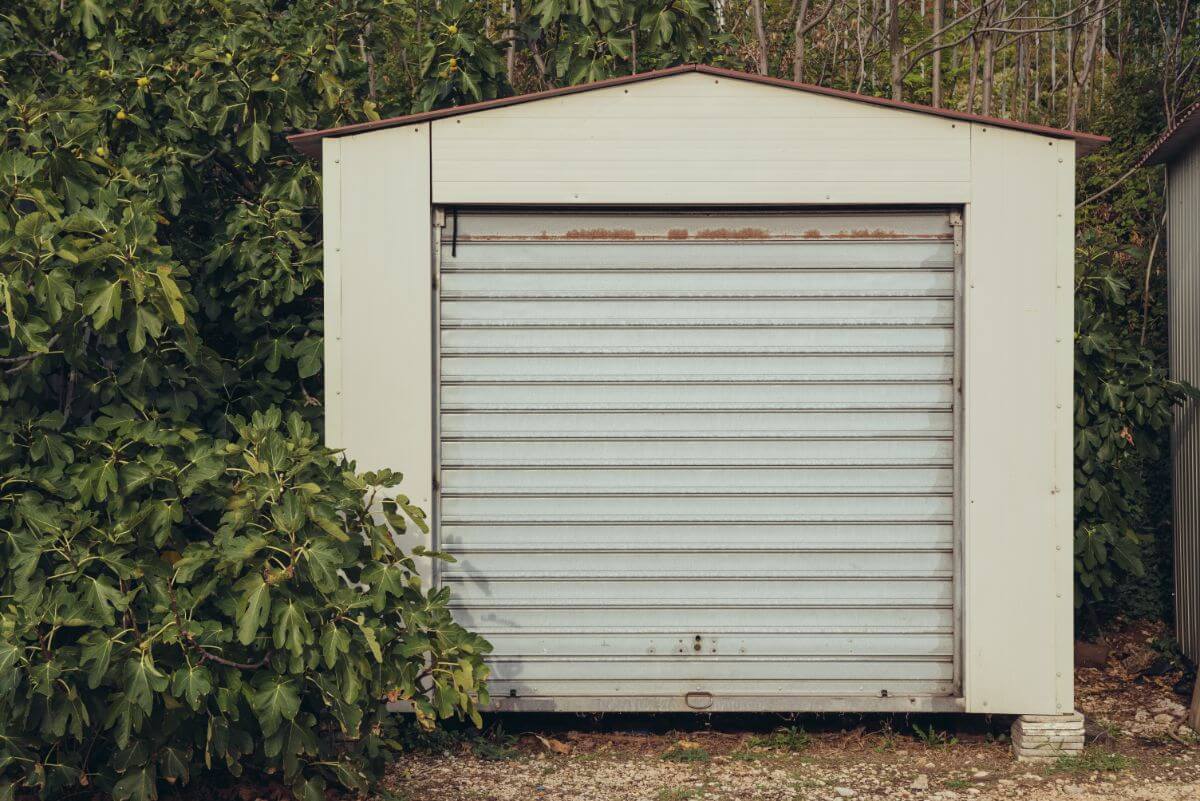Do I Need to Winterize an Indoor Stored Boat?
If you're unsure whether you'll need to winterize your indoor-stored boat, this article is for you. If you live in climates that are warm 365-days-a-year, you can skip this one you lucky dogs. Or read on to understand why we envy you.
Do you need to winterize an indoor stored boat? Unless your storage space is heated, you do need to winterize an indoor stored boat. Alternatively, if you want to use your boat occasionally during winter, you can heat the storage space for convenience. If outdoor temperatures don't drop below 32 °F, you don't need to winterize.
Now read on to learn how to have the boat as ready to go as possible, while still keeping her safe from freezing damage.
Why is this an important question?
The reason you should have this debate with yourself is, of course, because you want two conflicting things - to get the most out of the sailing season and to have your boat live as long as possible. If you are reading this, chances are you are from a climate where you can't sail all year round, and so your boat has to be idle for a considerable amount of time.
You belong to the luckier bunch though, as you can simply pop your boat into the garage when the cold gets too much and take it out for a spin when you feel like it. Unlike those folks whose boats are too large and gotta stay out. Who said size doesn't matter. The million-dollar question is whether you still need to winterize an indoor stored boat.

On this page:
Why You Should Winterize: Scary Water-Damage Tales
It's not the boat's material that ensures the boat will be damaged by cold weather; instead, most damages are caused by water. As we all know from the primary school chemistry lessons, water expands in volume upon freezing. And unless you have a very basic daysailer without an engine, there is plenty of water within the veins and guts of your boat.
The engine, for example. Although it is made of sturdy metals, water in it, if it freezes, can crack it right open and as you might know from our article about replacing a boat engine, such a repair can easily cost a five-figure sum.
Then there is your water tank, all the showers, water faucets, your toilet … and anything else you might have. If you have a boat that fits into a garage, maybe you don't have to worry about this. But it may be that pipes are running through the boat which, if damaged, can make your life difficult, especially since you gotta take a part of the boat apart to find where the issue is.
Here's What Happens if You Forget to Winterize Your Boat
It can get pretty ugly pretty quickly. Learn more about what will happen if you don't winterize in William's article.
By the way, if you are now green with envy because those California folks don't have to worry about this, here is a fun fact for you. As per BoatUS insurance data, most cases of damage caused by frost are actually in California, with the warm, southern places (I'm looking at you, Florida) being up in the ranks too. I think this is because people in Minnesota know the deal and prepare well, whereas the occasional cold snap takes the hot places by surprise.
You Could Need to Winterize Anywhere Between 32 - 36 °F
First of all - by freezing temperature, we mean 0 degrees Celsius or 32 degrees Fahrenheit, give or take four degrees. This variance is important. I don't mean to say that water would freeze at 4 degrees Celsius, but if the thermometer says 4 at one place, it can easily be 0 a few dozen feet away. Similarly, if the forecast says it will be 4 degrees above the freezing point on Sunday, that doesn't mean the temperatures won't pop down a notch for thirty minutes.
And know that freezing temperatures are no joke - it can be pretty damaging to a boat, if not deadly.
If you want to learn exactly how to winterize step-by-step, William has written a great article. You can also download a free downloadable PDF there.
Options If You Store Your Boat Indoors

Alright then, it is the part of the year again. The fall is nearing its end, and your boat went into the garage. The easiest thing is to lock the doors and be done with it all. This might not be the best idea, though.
That, of course, depends on the specific temperatures your area drops to. Still, generally speaking, garages aren't usually heated and even if they share a wall with a heated house, in places like Minnesota, where the nighttime temperatures frequently drop to -20 Fahrenheit (-28 Celsius), that won't be enough to keep the garage above the water's freezing point.
Heating The Garage
Now you have two options - the first of them being heating the garage. This can be something as easy as a gas heater or something as complicated as a floor heating infrastructure. The gas heater solution is elegant since it doesn't rely on an external power source. The electricity can go out, and you will still be safe. The more advanced ones have a thermometer, so you only need to set the temperature to the reasonable minimum and let it be.
Winterizing Indoors
The second option is winterization. This consists of several steps, the first of them being batteries. Take them out and keep them with a charge during the downtime. While you are at it, treat the cable connectors with an anti-corrosive. This is also the time to change the oil and filters. Also, you might want to pump water out of the engine and exchange it for an antifreeze. The same goes for the boat's plumbing system.
You don't need to go as far as shrink wrapping it since that is a moisture, snow, and rain matter, but the above measures should be taken.
Although that seems like a lot of work compared to just popping a gas heater in the boat, it does allow you to check your boat thoroughly every year. You can see it as a regular service stop which you should be doing anyway.
Heating the Entire Space: In The Name Of Convenience

If you aren't okay with letting your boat sleep for months but want to take it for a spin anytime the weather allows it, heating your storage space is the best option.
Depending on the layout, this can be as simple as opening the doors between the garage and the house. Sure, you will pay a bit more when the electricity and gas bill comes, but you won't need to buy new parts or replace infrastructure.
If that is not an option and you have to make this a project, the easiest and the most cost-effective thing is the aforementioned gas heater. You can put it inside the boat so that you are heating as little space as possible. Alternatively, there are specialized engine compartment heaters, making the heated space even smaller.
Some people go as low as putting a lightbulb in the boat's interior, but you will be better off not risking that. The BoatUS insurance data as mentioned earlier note quite a few boat fires from flawed heaters or frost damage that happens when a storm knocks the electricity out for a few and the heater isn't built to handle such situations.
The great thing about this is that when you want to go for a sail, your boat is instantly ready to go. Just make sure your boat survives the tow trip, even thirty minutes outside might be enough for an engine to freeze.
Don't Be Late
Before we part ways I feel I owe you a few words of caution - regardless of which of the options mentioned above you choose, take care not to do it too late.
If you are in the US, the first frost can come early October. If you are from the UK, you are a bit luckier, since the country is being washed by the Gulf Stream which carries warm water from the Gulf of Mexico to the Northern Atlantic, so the coastal parts get their first frosts early December. Those in the Mediterranean should watch the forecast closely; the first frost dates there differ by as much as three months.
But take the above words as a general rule of thumb - better to go with reliable forecasting. And interestingly enough, gardening websites are your best friends. Those who grow crops on a large scale have billions at stake, so they are among the best people to listen to when figuring out frost dates. Thus webpages like plantmaps.com, or (for the US people here) garden.org/apps/frost-dates offer superior info to most of the forecasts out there.
Do keep in mind though that these are pretty turbulent times when it comes to weather, at least in some regions. So take any forecast with a grain of salt, after all, it is your lovely boat we are trying to save here. These forecasts take previous years into account and since things are changing pretty rapidly, do things earlier rather than later. Once you have your frost date set up, ideally add two weeks on top of it to be safe.
So there you have it. Be safe out there, don't take risks when it comes to boat damage, and you will sail a happy sailor.
Did you find the answer to your specific question?
👍 0 👎 0
Leave a comment